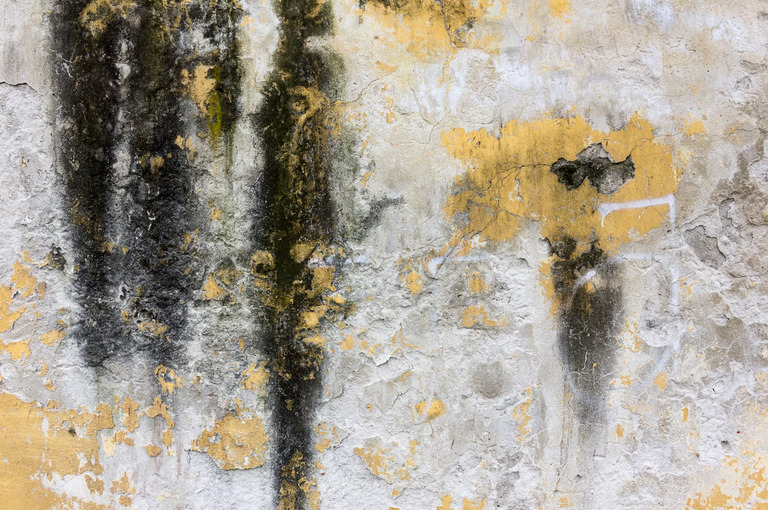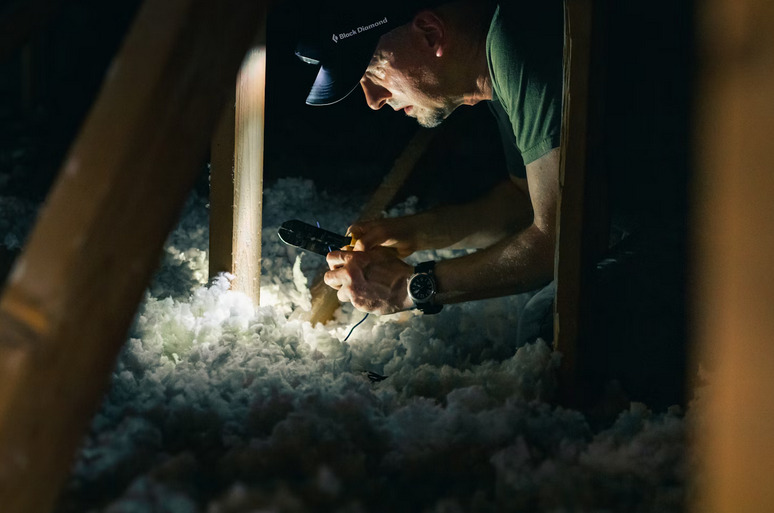Mold is more than just an unsightly guest in your home; it’s a sign of trouble lurking beneath the surface. This pesky fungus thrives in damp environments and can cause significant health issues if left unchecked. But where does it often hide? From unseen cracks to frequently used spaces, understanding common sources of household mold is the first step toward creating a healthier living environment. Let’s dive deeper into some typical areas where mold tends to make itself at home. You might be surprised at what you discover.
Crack Walls or Ceiling
Cracks in your walls or ceiling might seem harmless, but they can be a gateway for mold growth. These small fissures often allow moisture to seep in, creating the perfect breeding ground for fungal spores. Water entering through cracks doesn’t just wet the surface; it seeps into hidden spaces. This dampness can linger long after the initial leak is fixed. Fortunately, concrete installation professionals are fully aware of this hidden threat. They pay special attention to areas around windows and doors where settling may occur. Over time, even minor shifts can lead to significant cracks that invite trouble.

Bathrooms
Bathrooms are prime locations for mold growth due to their high humidity levels. Combining steam from hot showers and damp towels creates an ideal breeding ground. Pay special attention to areas around the shower, tub, and sink. These spots often collect moisture that can easily go unnoticed. Tile grout lines are particularly vulnerable, trapping water and providing a perfect habitat for mold spores. Don’t forget about faucets and drains. Leaky fixtures can lead to constant wetness, fostering further mold development over time.
Kitchens
Kitchens are often the heart of a home, buzzing with activity and flavor. However, they can also be breeding grounds for mold if not properly maintained. Combining moisture from cooking and spills creates an ideal mold environment. Areas around sinks, dishwashers, or refrigerators are particularly vulnerable. Check your pantry too. Food spills and crumbs can attract pests that bring dampness along with them. Mold loves dark corners filled with forgotten items.
Crawl Spaces

Crawl spaces are often overlooked areas in homes. If not properly maintained, they can become a breeding ground for mold. The lack of airflow and high humidity creates the perfect environment for spores to thrive. Poor insulation is another culprit. Condensation occurs when warm air from your home meets cooler surfaces in the crawl space. This moisture lingers, inviting mold into your living space. Regular inspections are crucial. Look for signs like water stains or musty odors that signal trouble ahead.
By understanding these familiar sources of household mold, homeowners can implement effective strategies to mitigate risks while enjoying a safer indoor atmosphere. Always remember that prevention is critical. Routine maintenance and inspections can help identify and address potential mold issues before they become major problems. If you suspect mold in your home, it’s best to seek professional assistance to correctly identify and safely remove it.

